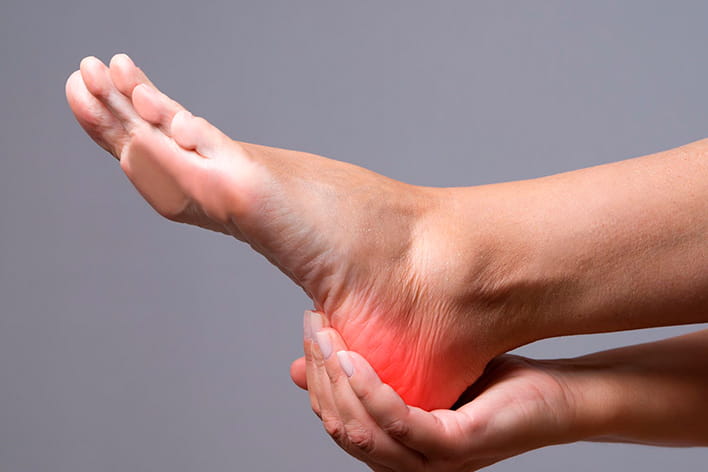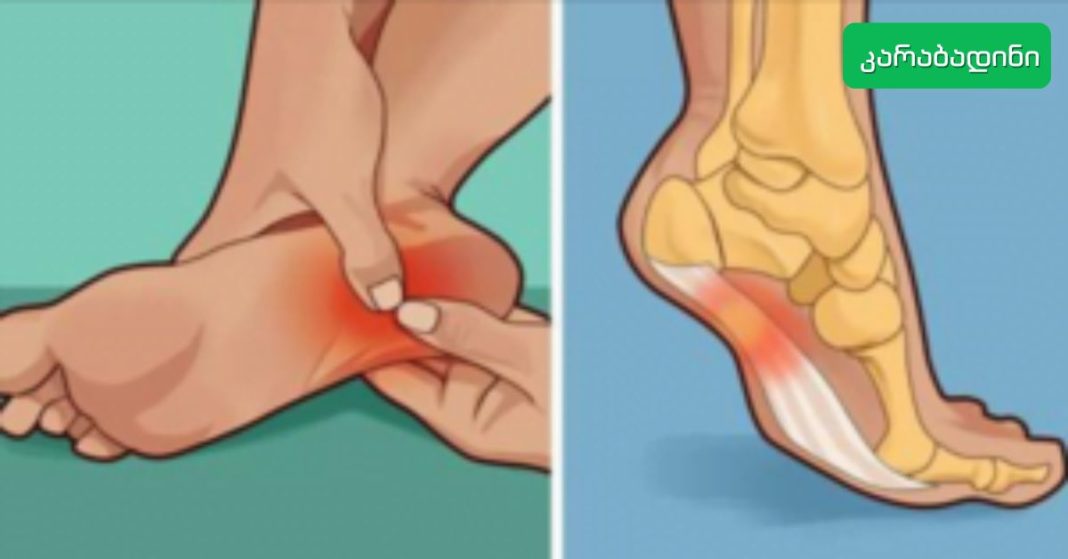If you often wake up with sharp or throbbing heel pain, you might be dealing with a condition called plantar fasciitis. Understanding what it is and how to manage it can make a big difference in your daily comfort and long-term foot health.

What Is Plantar Fasciitis?
The plantar fascia is a thick, fibrous ligament that connects the front of your foot (the toes) to your heel. This structure plays a key role in supporting the arch of the foot and absorbing shock during movement.
Plantar fasciitis occurs when this ligament becomes irritated or inflamed, often resulting in intense pain—especially in the morning or after periods of inactivity.
Common Causes
The two primary contributing factors to plantar fasciitis are:
- Repetitive stress or overuse – seen often in athletes, runners, or people with active lifestyles.
- Excess body weight – which puts additional pressure on the plantar fascia.
Pregnant women and individuals who spend long hours on their feet are also at a higher risk.
How to Relieve Plantar Fasciitis Pain
While plantar fasciitis can be uncomfortable, many cases can be managed effectively with simple at-home remedies and stretching exercises.
Try These Effective Exercises:
1. Tennis Ball Roll:
- Take a tennis ball (or similar small firm ball).
- Place it under your foot and gently roll it back and forth for 1 minute.
- This helps massage and relax the fascia.
2. Big Toe Stretch:
- Lift your big toe upward while keeping your foot flat on the ground.
- Hold this stretch for 15 seconds, then relax.
- Repeat three times per foot.
3. Towel Stretch:
- Use a rolled towel as a strap.
- Sit down, place the middle of the towel under your foot, and hold both ends with your hands.
- Pull the towel gently toward you, stretching your foot and calf.
- Hold for 30 seconds and repeat three times.
These stretches help to increase flexibility in the foot and calf muscles, which can reduce tension in the plantar fascia.
How to Prevent Plantar Fasciitis
1. Stretch Daily:
Make foot stretches part of your daily routine—even if you’re not currently in pain. Consistent stretching maintains flexibility and strengthens the connective tissues.
2. Maintain a Healthy Weight:
Extra body weight adds stress to your feet. Managing your weight through a balanced diet and regular physical activity can significantly reduce your risk.
3. Wear Proper Footwear:
Supportive shoes with adequate cushioning and arch support can relieve pressure from the heel and provide better shock absorption. Avoid walking barefoot on hard surfaces.
When to See a Doctor
Although home care is effective in many cases, consult a healthcare provider if:
- The pain persists or worsens despite treatment.
- You notice swelling, redness, or signs of inflammation.
- Walking becomes increasingly difficult or painful.
Remember: Your feet carry you through life—caring for them is essential. Don’t ignore signs of discomfort. Early action can prevent a minor issue from becoming a long-term problem.


















